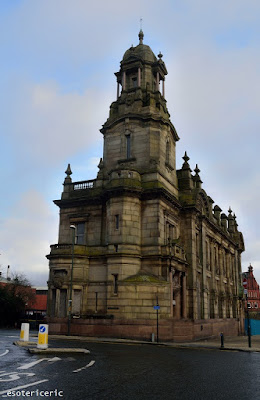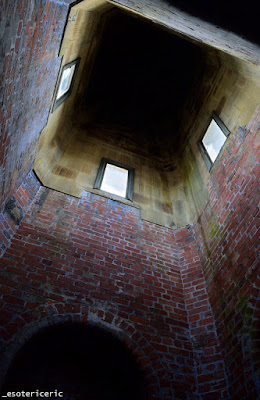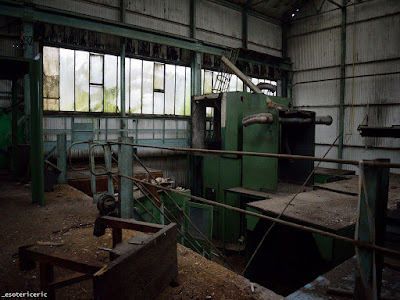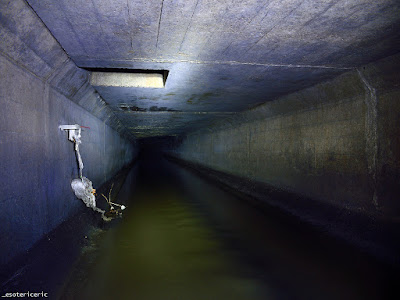History
Geologically, Crich lies on a small inlier of Carboniferous limestone (an outcrop on the edge of the Peak District surrounded by younger Upper Carboniferous rocks).
Quarrying for limestone probably began in Roman times. In 1791 Benjamin Outram and Samuel Beresford bought land for a quarry to supply limestone to their new ironworks at Butterley. This became known as Hilt's Quarry, and the stone was transported down a steep wagonway, the Butterley Company Gangroad, to the Cromford Canal at Bullbridge. Near there they also built lime kilns for supplying farmers and for the increasing amount of building work. Apart from a period when it was leased to Albert Banks, the quarry and kilns were operated by the Butterley Company until 1933.
The gangroad, descending some 300 feet in about a mile, was at first worked by gravity, a brakeman "spragging" the wheels of the wagons, which were returned to the summit by horses. However, in 1812 the incline was the scene of a remarkable experiment, when William Brunton, an engineer for the company, produced his Steam Horse locomotive.
In 1840 George Stephenson, in building the North Midland Railway, discovered deposits of coal at Clay Cross and formed what later became the Clay Cross Company. He realised that burning lime would provide a use for the coal slack that would otherwise go to waste. He leased Cliff Quarry and built limekilns at Bullbridge. They were connected by another wagonway including a section known as "The Steep", a 550 yards (500 m) self-acting incline at a slope of 1 in 5.
Cliff Quarry closed in 1957, though it restarted at the western end until 2010 when it was mothballed. The eastern end was bought by the Tramway Museum in 1959.
Hilt's Quarry closed in 1933 and is derelict. For 38 years, Rolls-Royce used it for dumping low-level radioactive waste such as enriched uranium, cobalt-60 and carbon-14. Following a campaign and blockades by villagers in the Crich and District Environment Action Group, dumping ceased in 2002. In 2004 the Government backed an Environment Agency document banning further dumping, and Rolls-Royce will be required to restore and landscape the site.
Source:
https://en.wikipedia.org/wiki/Crich#Quarrying
Esoteric Eric






















































